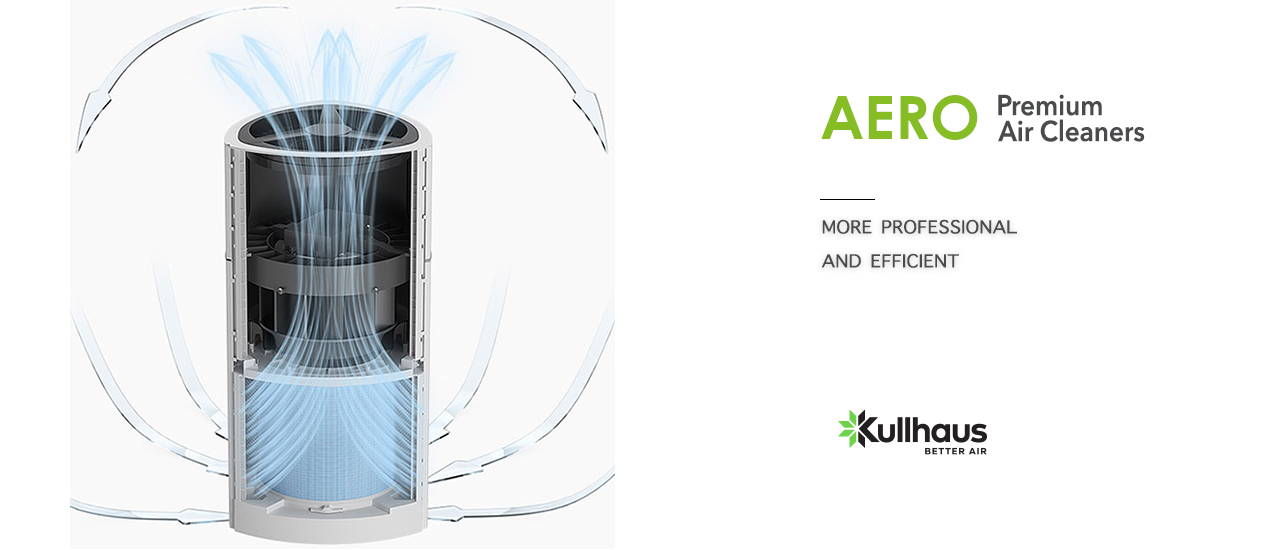

Desiccant dehumidifier or compressor?
Compressor Dehumidifiers
The majority of dehumidifiers currently on the market are based on compressor technology, a type of operation that already counts 40 years of life. To give you an idea of how it works, air enters the dehumidifier and passes through a series of cold pipes, where moisture is removed from the air and collected in the special water collection container or connected to the drain with a drain pipe. The dry air is then diffused into the space.
Desiccant Dehumidifiers
A relatively new way to combat humidity is based on the use of Zeolite, a natural drying material that acts as a dehumidifier. The special Zeolite disc located inside the dehumidifier "meets" the room air and "traps" the moisture. The heating element and the fan inside the dehumidifier blow hot air over the Zeolite, removing the moisture that has accumulated and thus the water that has formed is directed to the condensate pan, while the warm air that is free of moisture is blown to the atmosphere.
Desiccant Or Compressor Dehumidifier: Which Should I Choose?
On one hand, it is important to note that even-though a compressor dehumidifier is designed to operate within a temperature range of 5 to 35°C, below 15°C it is programmed to spend up to two thirds of their time defrosting itself rather than dehumidifying. This means that the amount of water collected decreases as the room temperature decreases. In other words, the effectiveness of a compressor dehumidifier is reduced at temperatures below 15°C, resulting in a lower dehumidification capacity.
Contrary to compressor dehumidifiers, the Kullhaus DDQ10L desiccant dehumidifier is designed to work flawlessly within a wide temperature range of 1 to 40°C, without any compromise on its performance. It remains unaffected by temperature variations, ensuring consistent and efficient dehumidification. However, it is crucial to consider the specific usage scenarios for desiccant dehumidifiers. They are particularly suitable for areas where heating is either non-existent or irregular, and traditional heating methods may not provide adequate moisture control. By utilizing the natural drying properties of Zeolite, the Kullhaus DDQ10L effectively captures and retains excess moisture from the air, ensuring a comfortable and dry environment. So, if you are looking for a reliable and versatile dehumidifier that can operate optimally regardless of temperature, the Kullhaus DDQ10L desiccant dehumidifier is an excellent choice.
Conclusion
The desiccant dehumidifier is the recommended choice for use in rooms with a temperature below 15°C. It is the sole type of dehumidifier that functions optimally even when exposed to temperatures as low as 1°C, without any negative impact on its performance.

.jpg)







